Top 5 Embroidery Mistakes and How to Avoid Them
Whether you’re a seasoned embroiderer or just getting started, you’ve probably had that oh no moment—thread bunching up, designs misaligned, or stitches just not sitting right. Don’t worry, we’ve all been there. The good news? Most embroidery mishaps are totally preventable. Let’s break down five of the most common embroidery mistakes and how to dodge them like a pro.
1. Skipping Stabilizer or Using the Wrong One
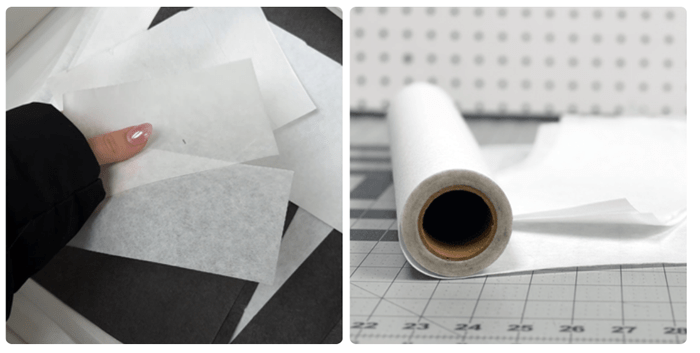
Why It Matters: Stabilizer supports your fabric and design. Without it, your stitches can shift, pucker, or stretch.
Avoid It:
- Use cut-away stabilizer for stretchy or knit fabrics.
- Use tear-away for sturdier materials like denim or twill.
- For delicate or sheer fabrics, try a water-soluble stabilizer.
🧠 Pro Tip: Use two layers of stabilizer for high-density designs or tricky materials like towels and fleece.
2. Ignoring Needle & Thread Compatibility
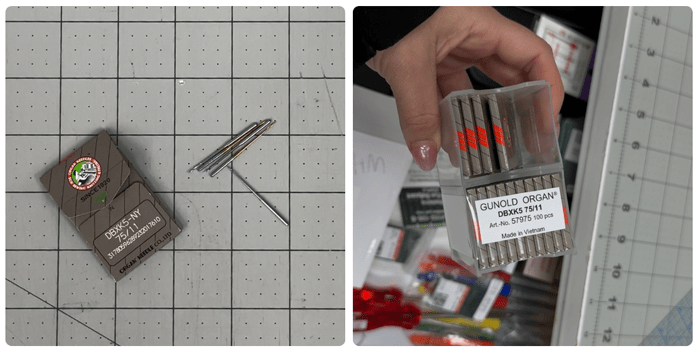
The Mistake: Using the same needle and thread combo for every job.
Why It Matters: The wrong needle can cause thread breaks, skipped stitches, or fabric damage.
Avoid It:
- Use a ballpoint needle for knits, sharp needles for wovens, and a larger needle for metallic threads.
- Match the thread weight with the correct needle size.
- Change your needle regularly—especially after every 8-10 hours of stitching.
🧵 Pro Tip: If you’re seeing shredded thread or popping sounds, your needle might be the silent culprit.
3. Not Hooping Properly
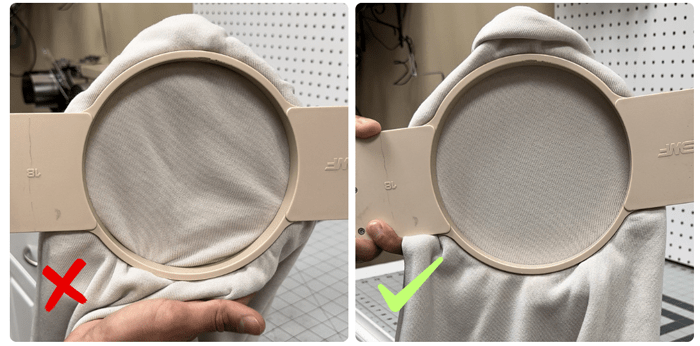
The Mistake: A loose or uneven hoop job.
Why It Matters: Poor hooping can distort your design and mess up your stitch placement.
Avoid It:
- Use the “drum-tight” rule—fabric should be taut in the hoop without being stretched.
- Always hoop fabric and stabilizer together unless you’re using a sticky stabilizer.
- For bulky items, consider magnetic hoops or hoopless techniques to avoid creasing.
🎯 Pro Tip: Avoid over-tightening the hoop screw—it can warp your hoop and cause uneven tension.
4. Starting Without a Test Run
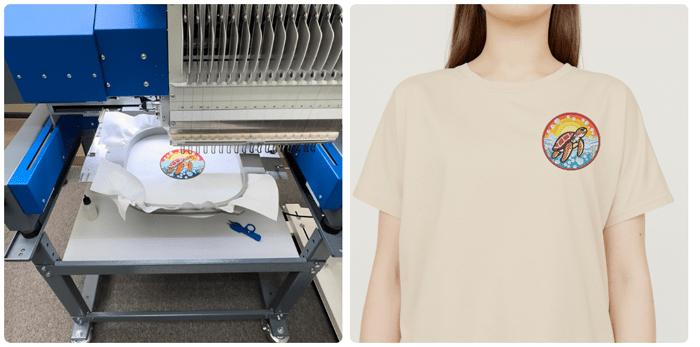
The Mistake: Going straight to your final piece without testing your file.
Why It Matters: Even professional digitized files can look different depending on fabric type and machine settings.
Avoid It:
- Always test your design on a similar scrap fabric with the same stabilizer, thread, and needle.
- Adjust your machine tension if needed before moving on to the final item.
🛠️ Pro Tip: Keep a stash of fabric scraps just for test runs—it’ll save you frustration and fabric.
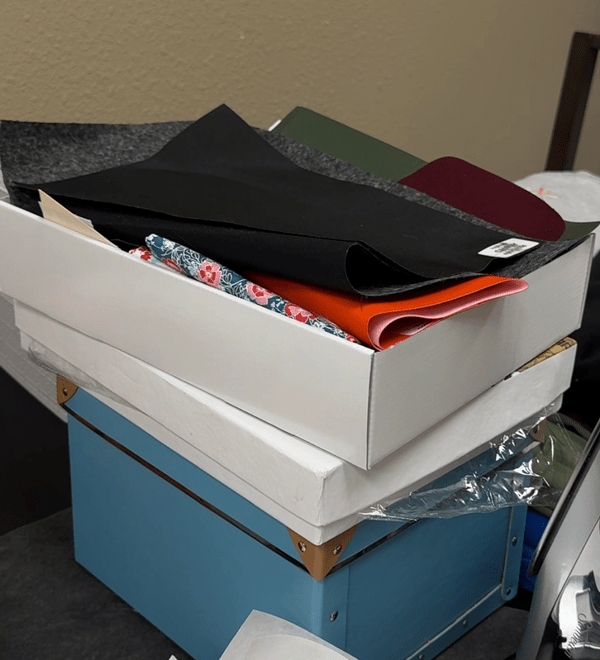
5. Poorly Digitized Designs
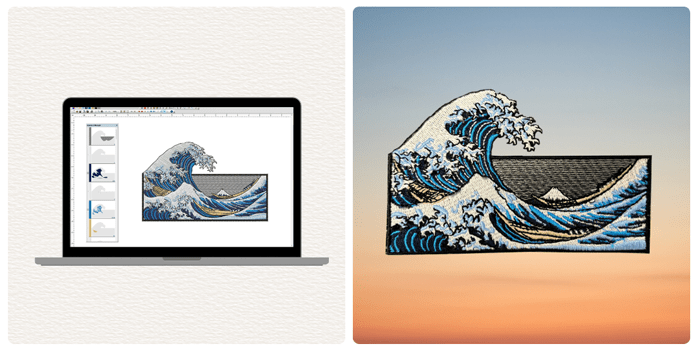
The Mistake: Using low-quality or auto-digitized files.
Why It Matters: Bad digitizing = wonky stitches, poor registration, and thread break headaches.
Avoid It:
- Invest in a reputable digitizer (yes, we can help with that!).
- Avoid auto-digitizing software unless you’re trained to tweak the output.
- Look for files specifically designed for the fabric and technique you’re using (e.g., 3D puff vs. flat embroidery).
🔥 Pro Tip: Quality digitizing is the foundation of a beautiful design—don’t skimp on this step.
Final Thoughts
Embroidery is both an art and a science. The more you know, the smoother your projects will go. Mistakes happen, but when you understand why they happen and how to prevent them, you’ll spend less time troubleshooting and more time creating. At PRO Digitizing, we’re here to help you avoid those pitfalls by providing expertly crafted embroidery files tailored to your specific needs. Whether you’re a seasoned professional or just starting out, we can create high-quality files that make your projects easier and more efficient. Let us handle the digitizing so you can focus on bringing your designs to life!
